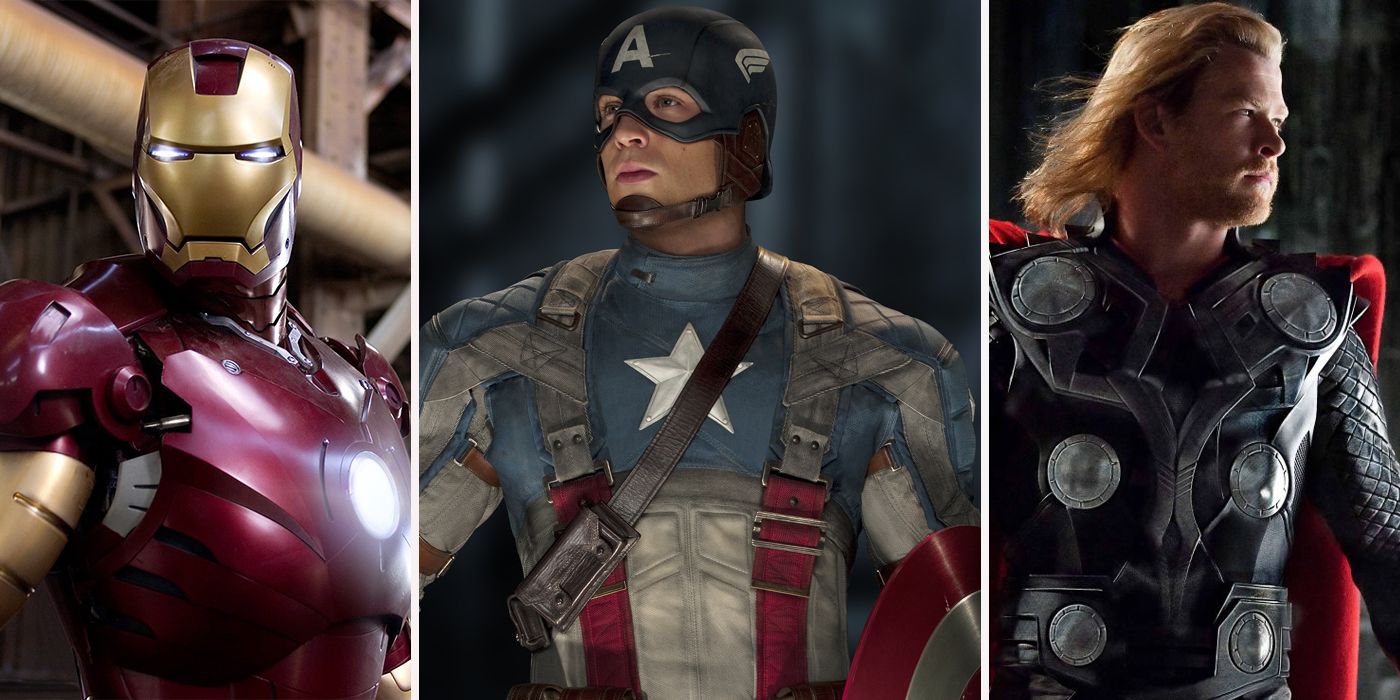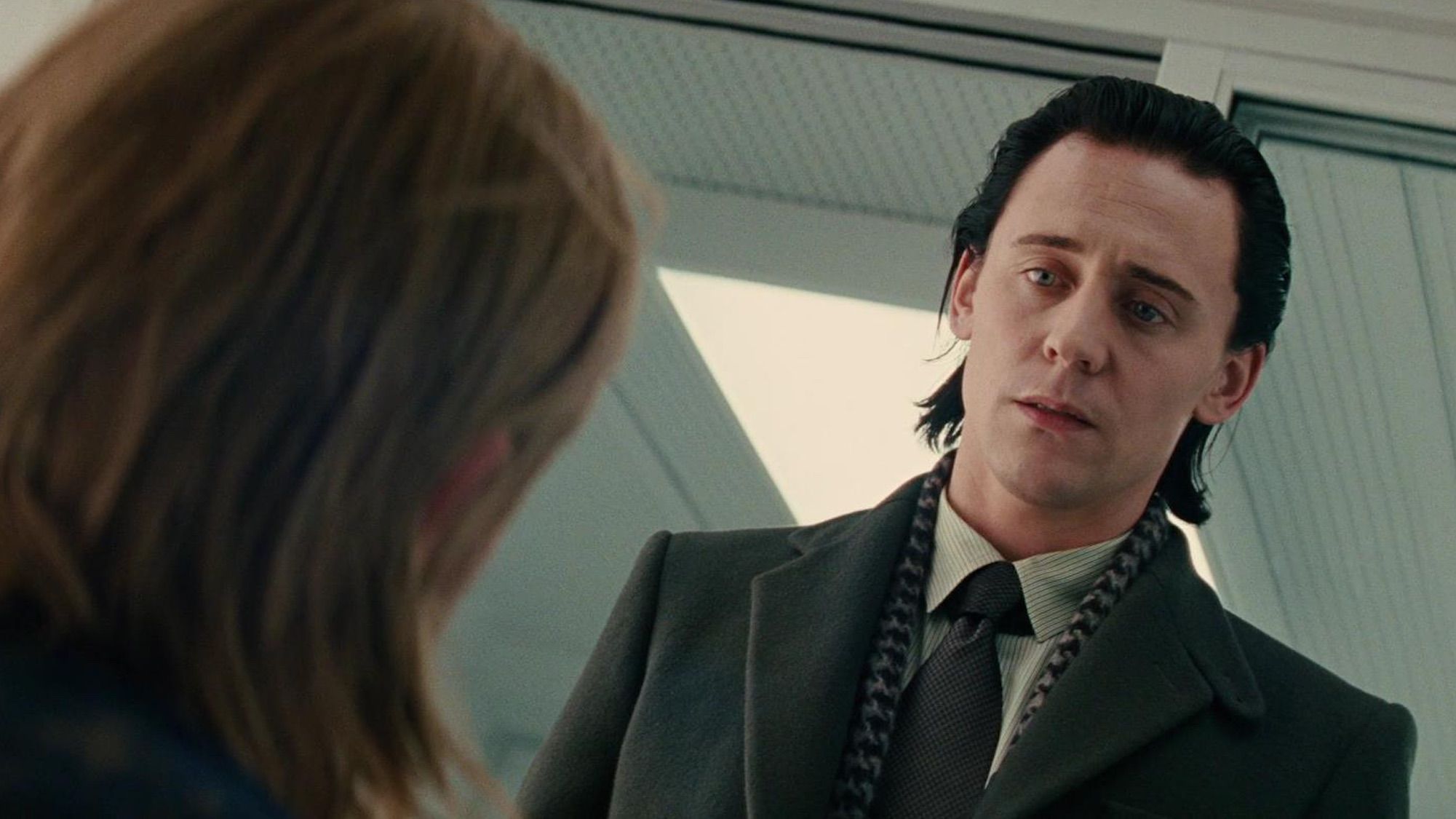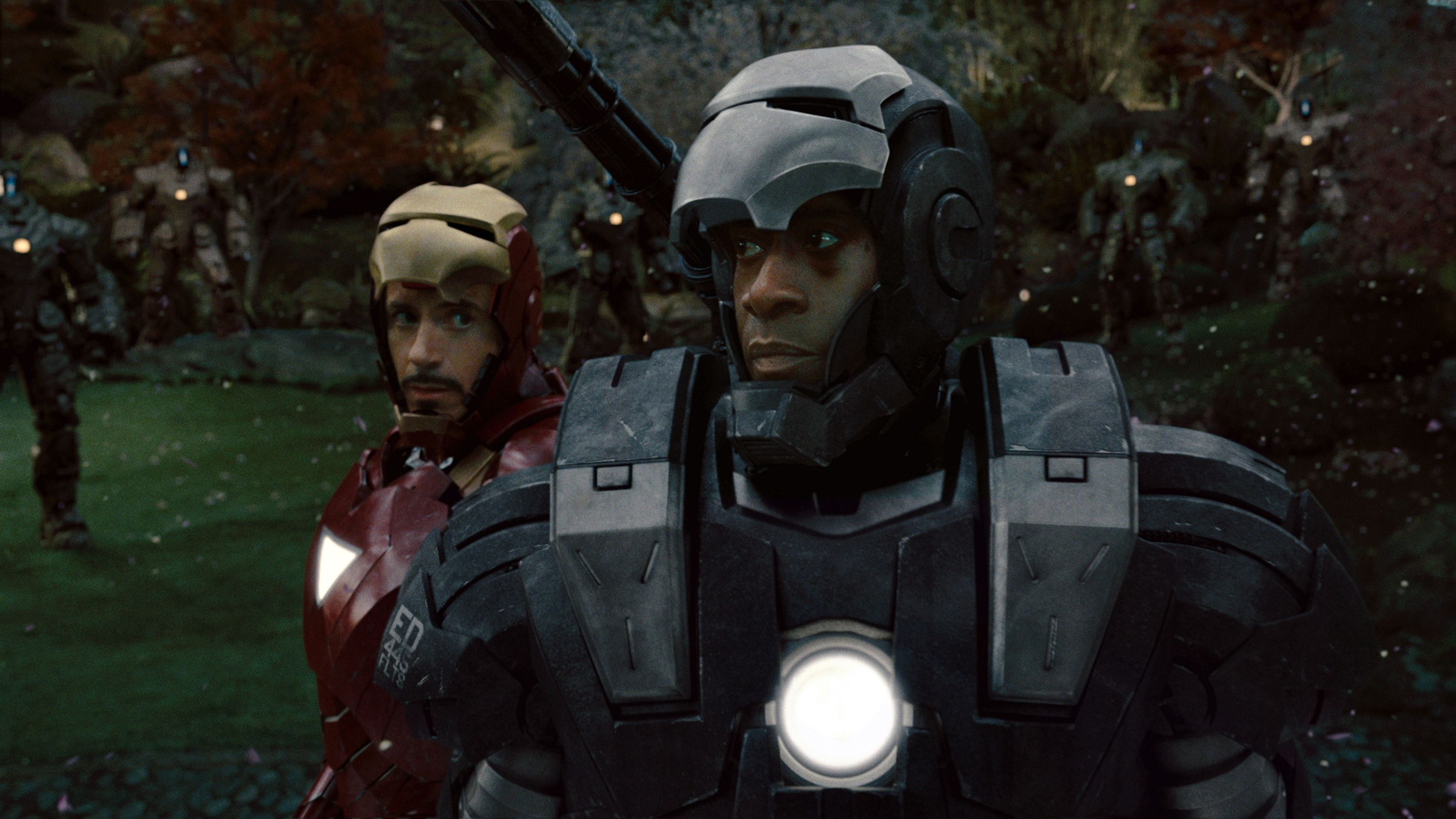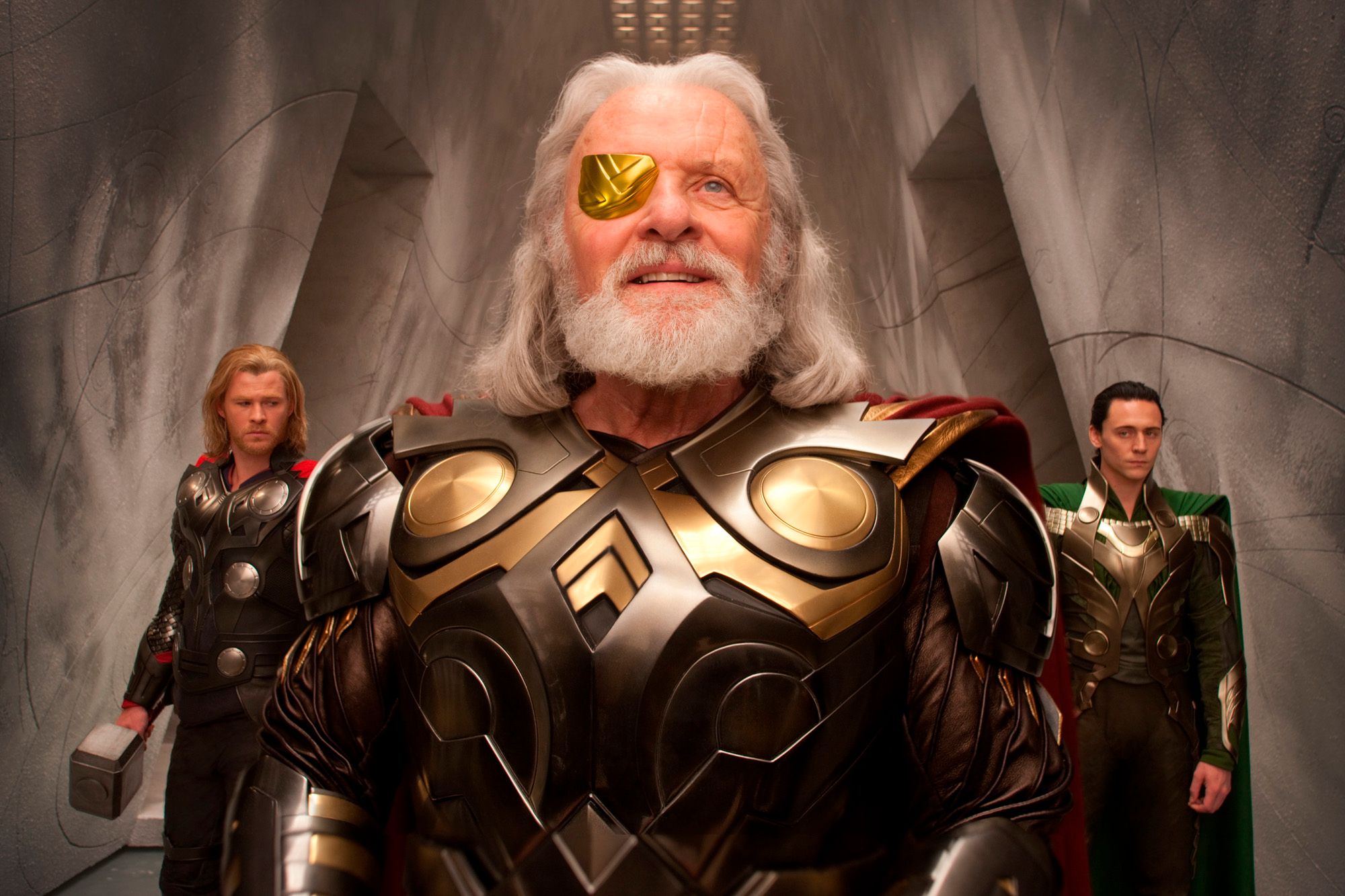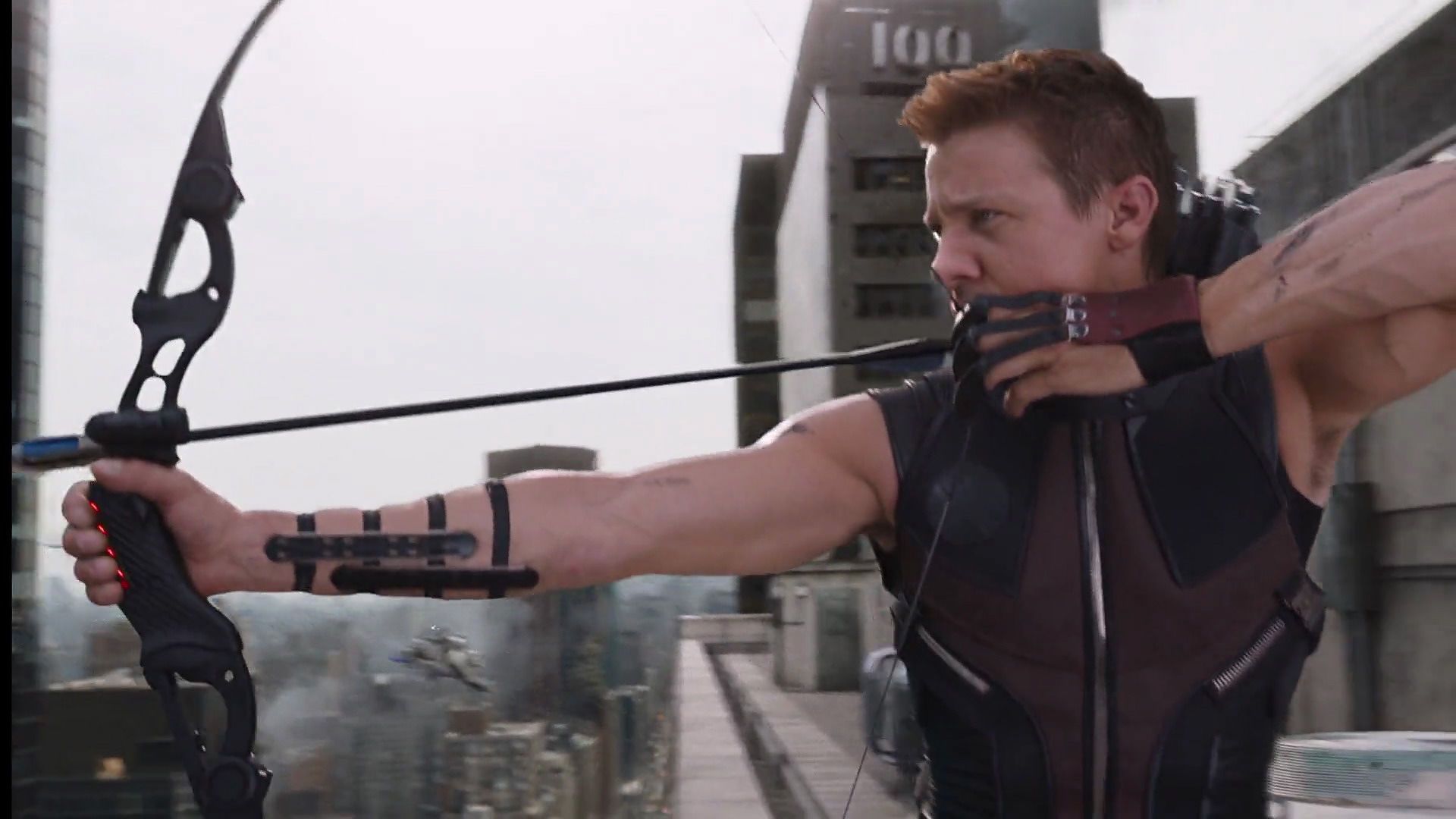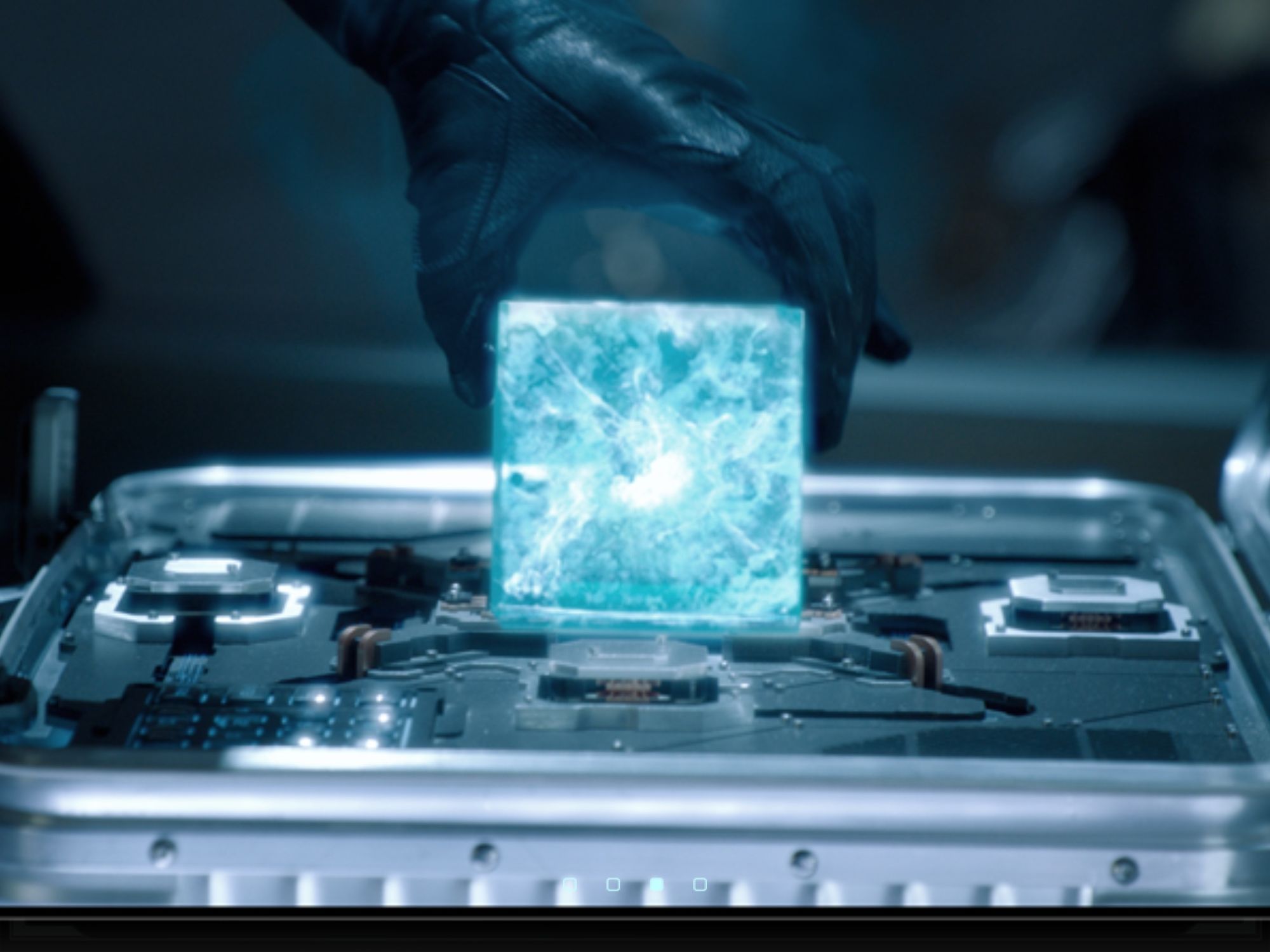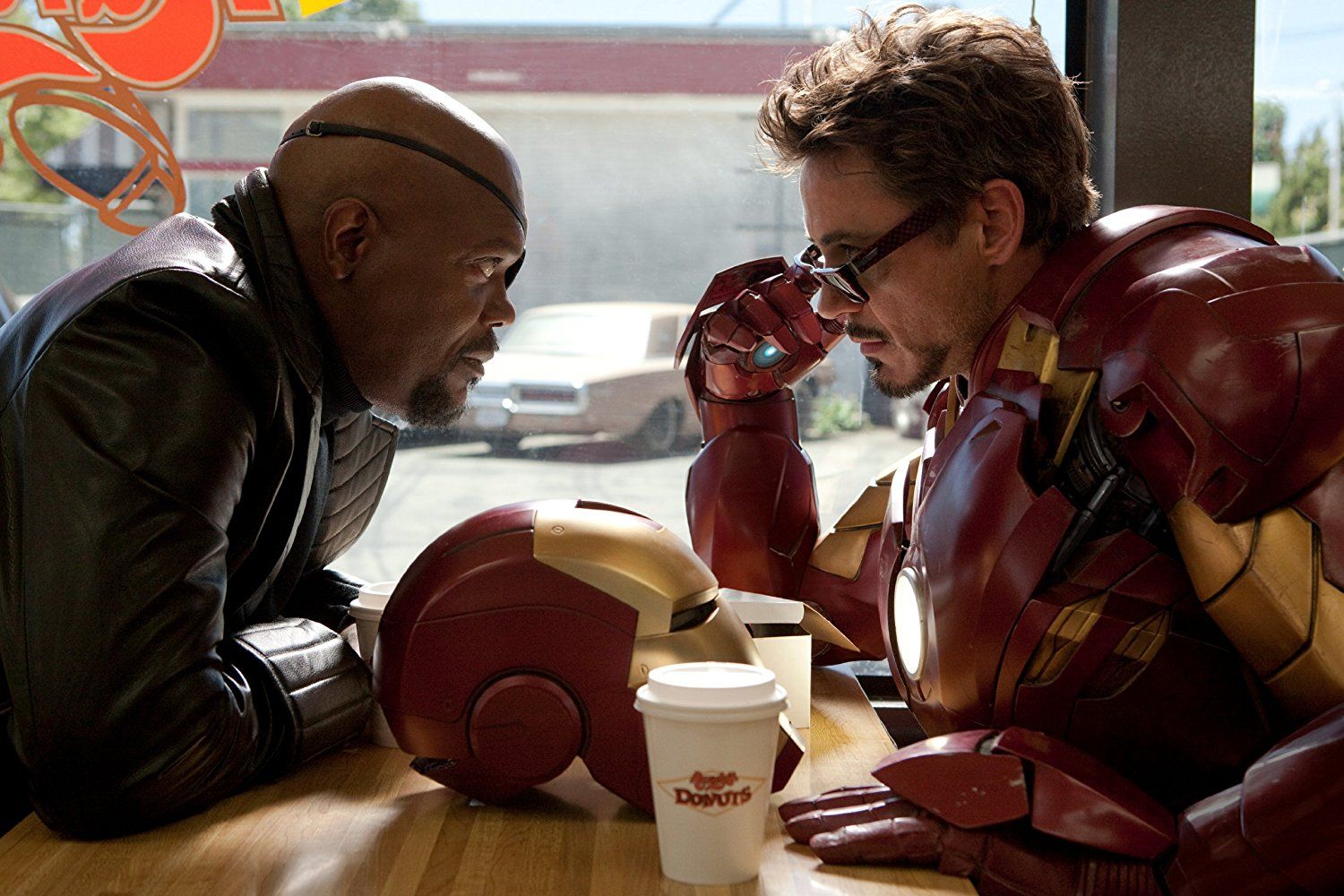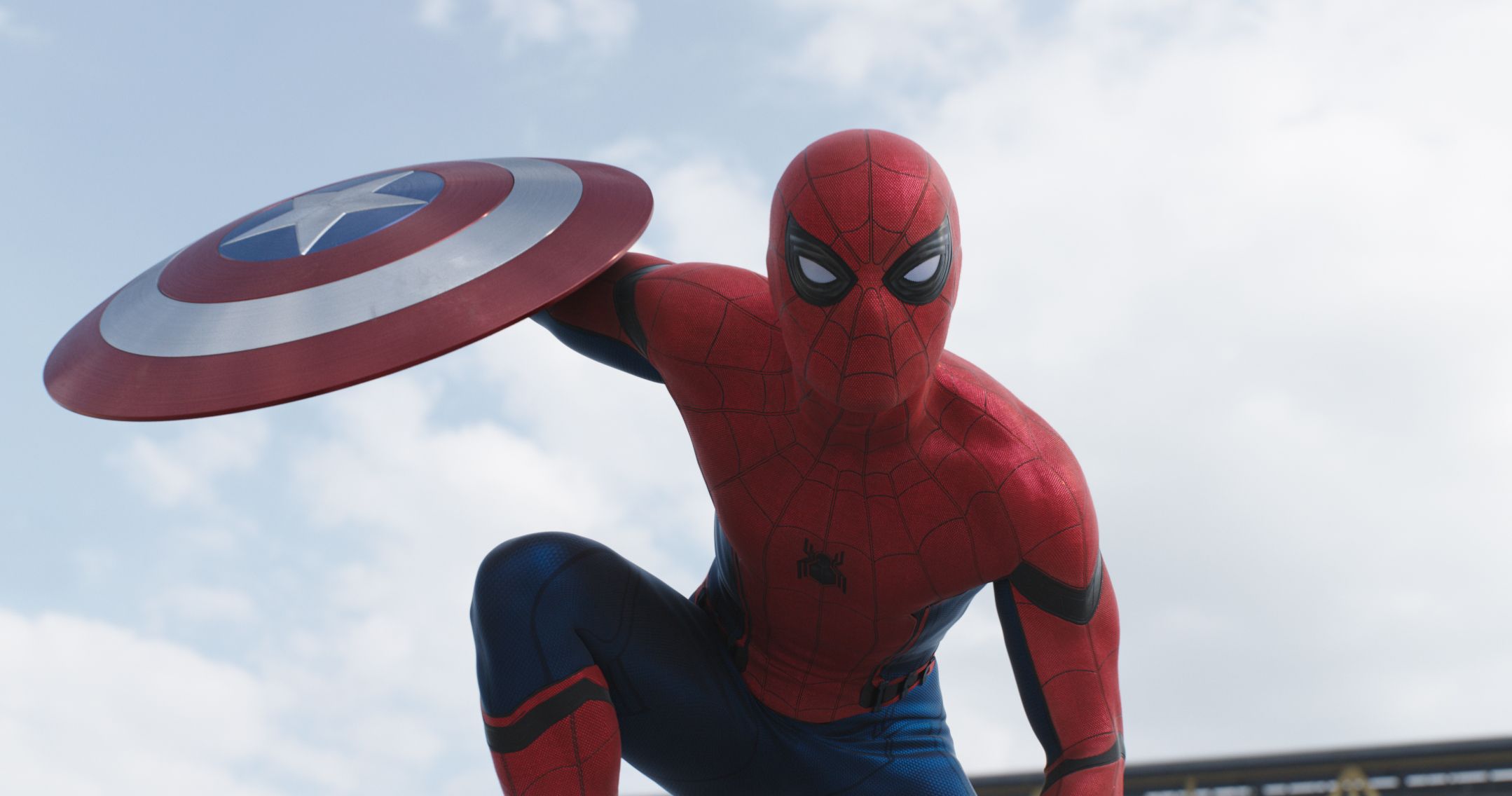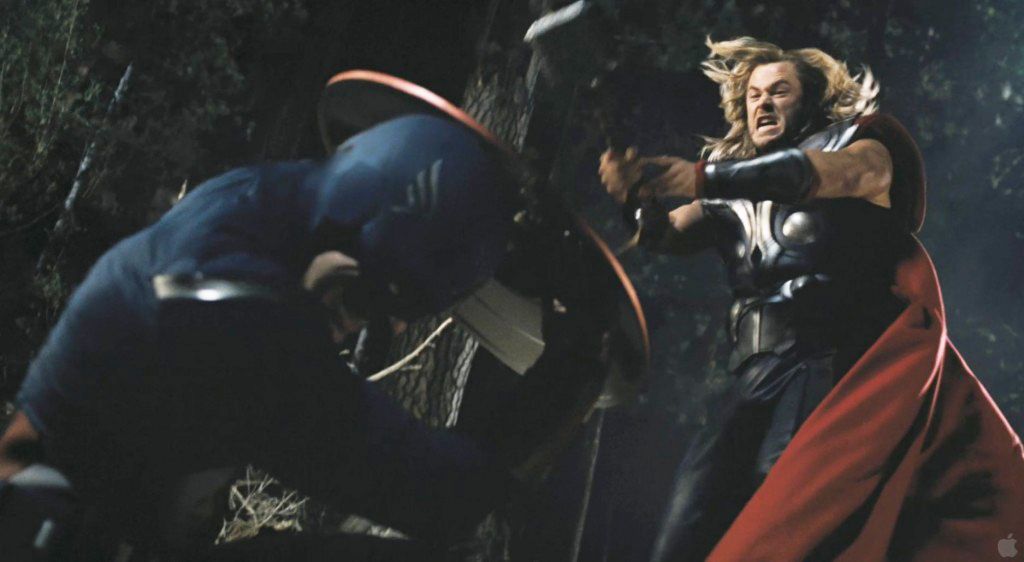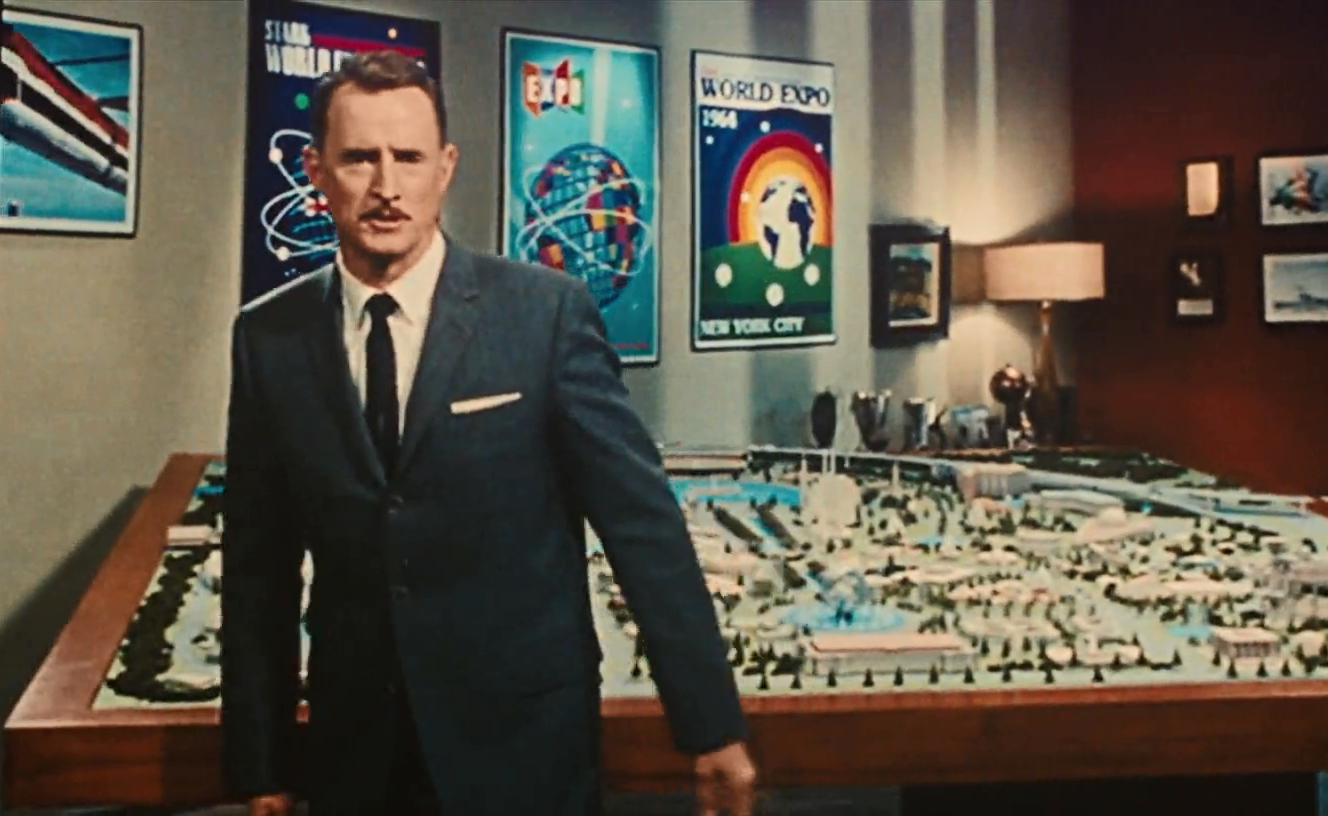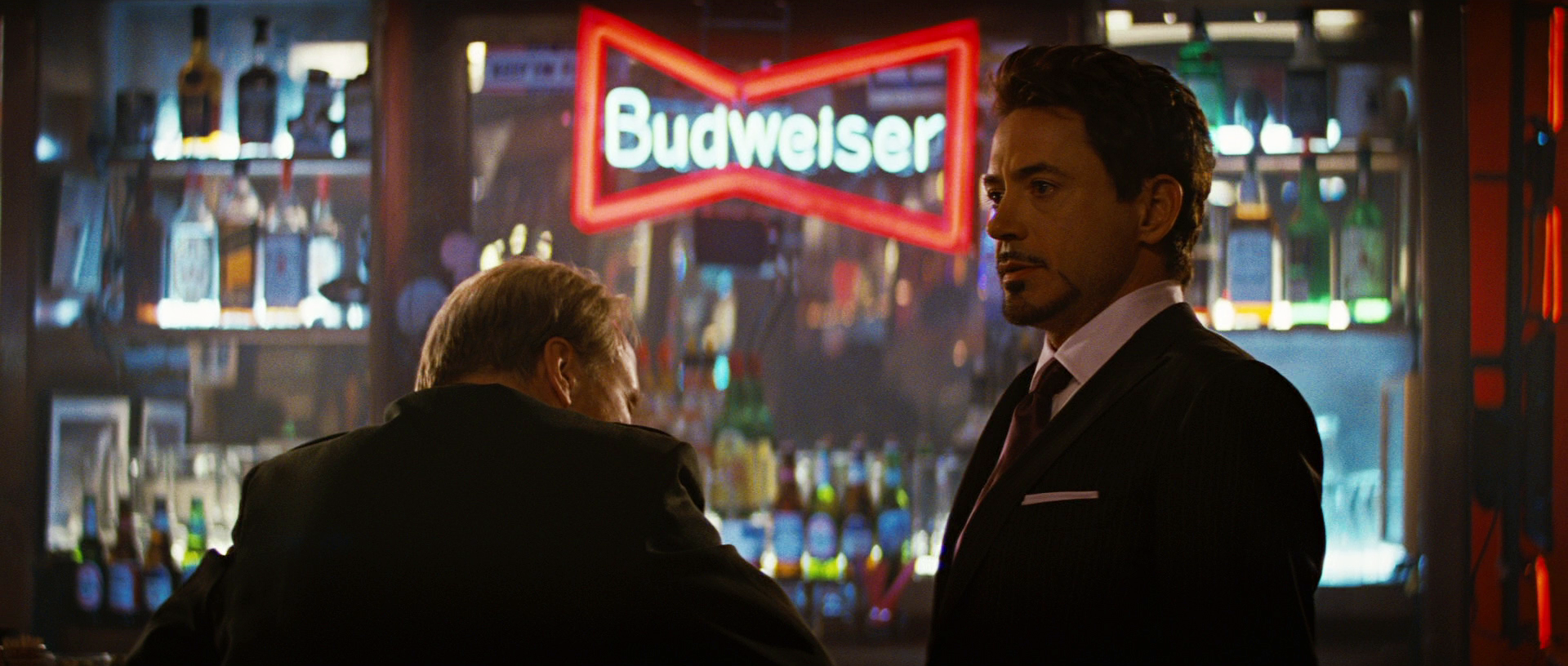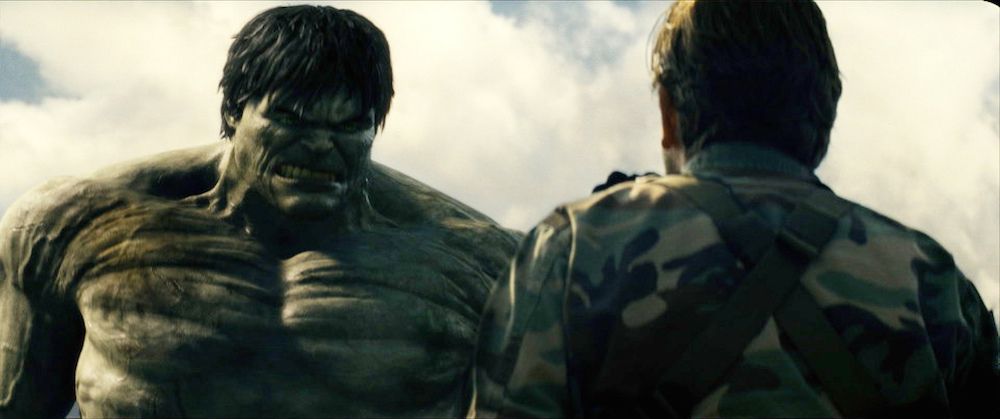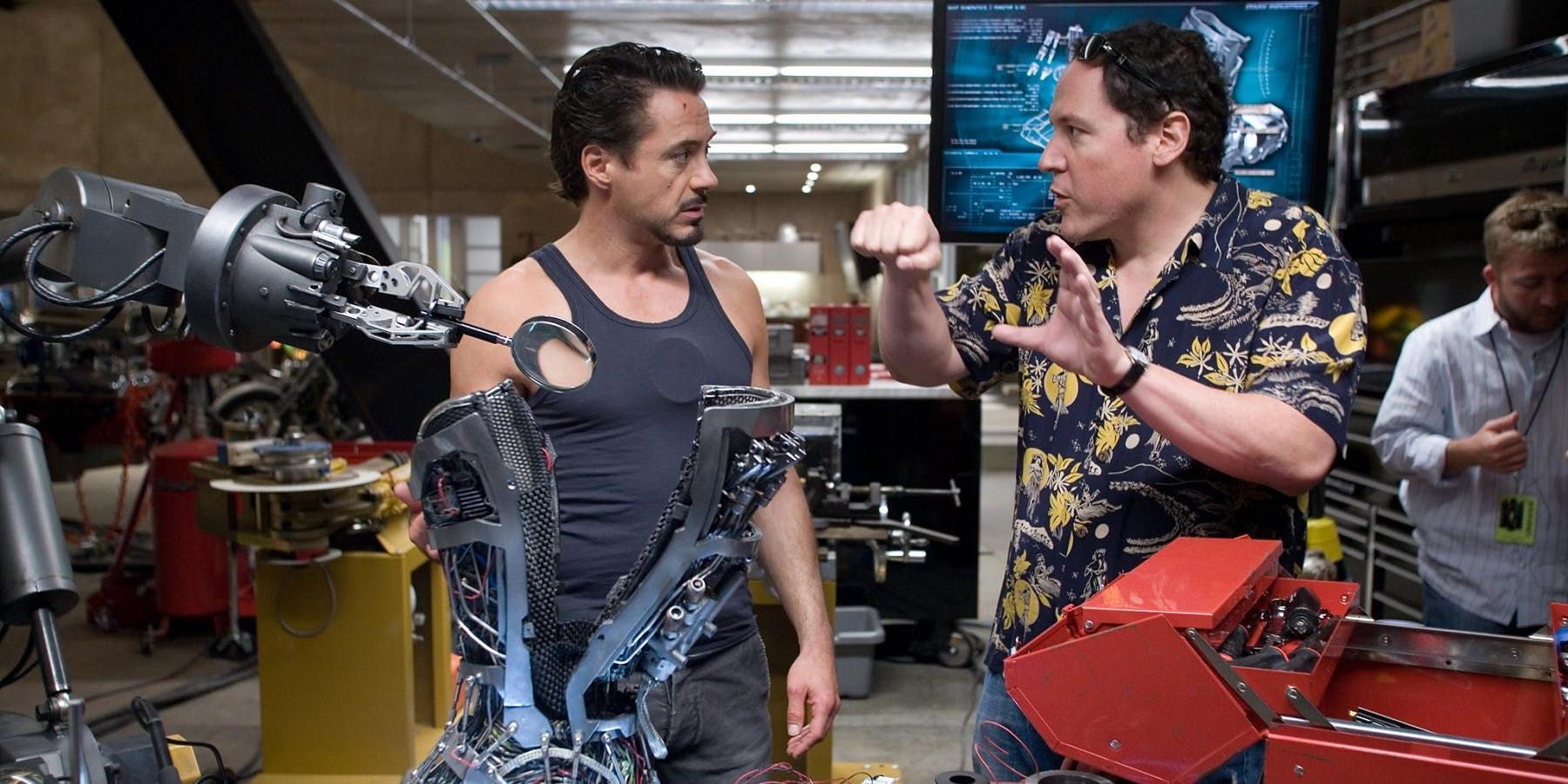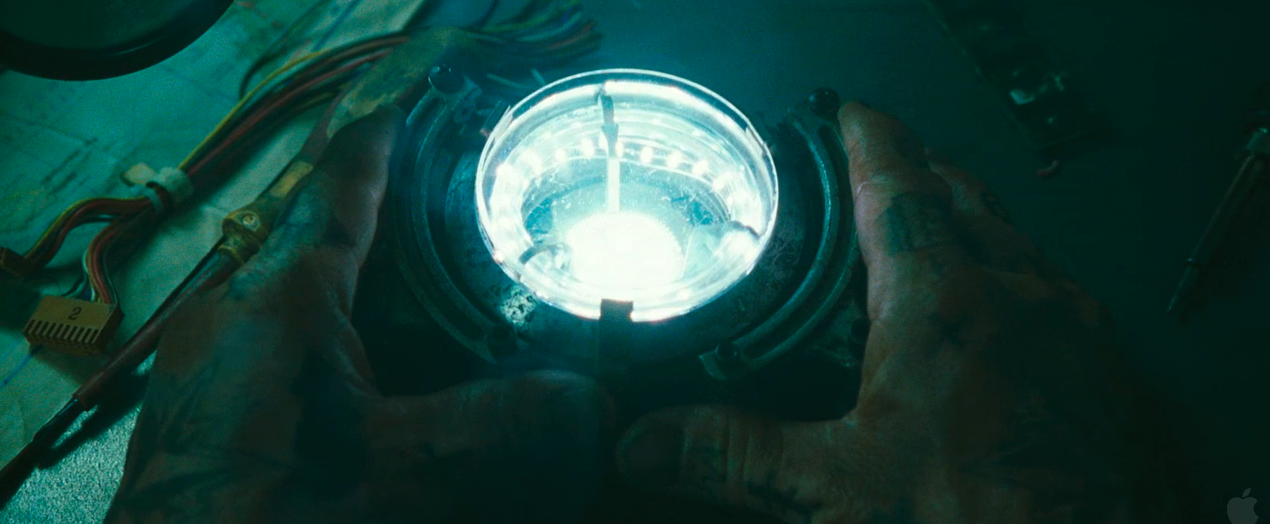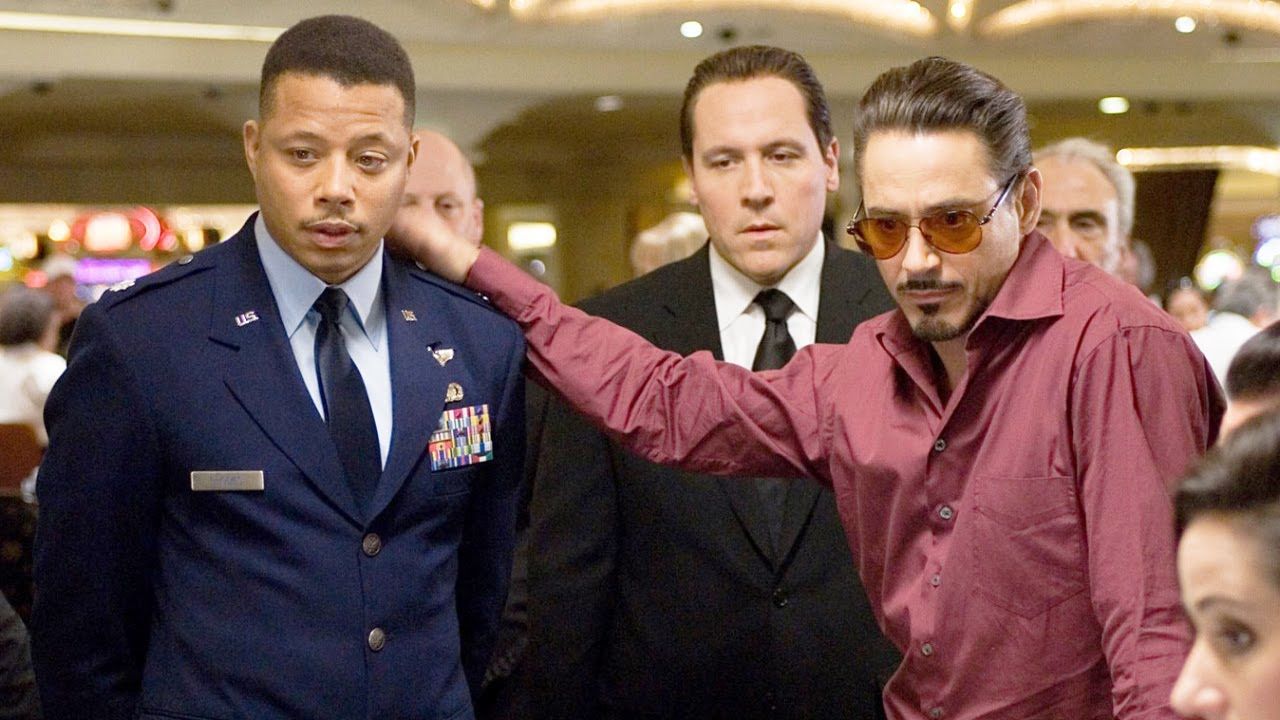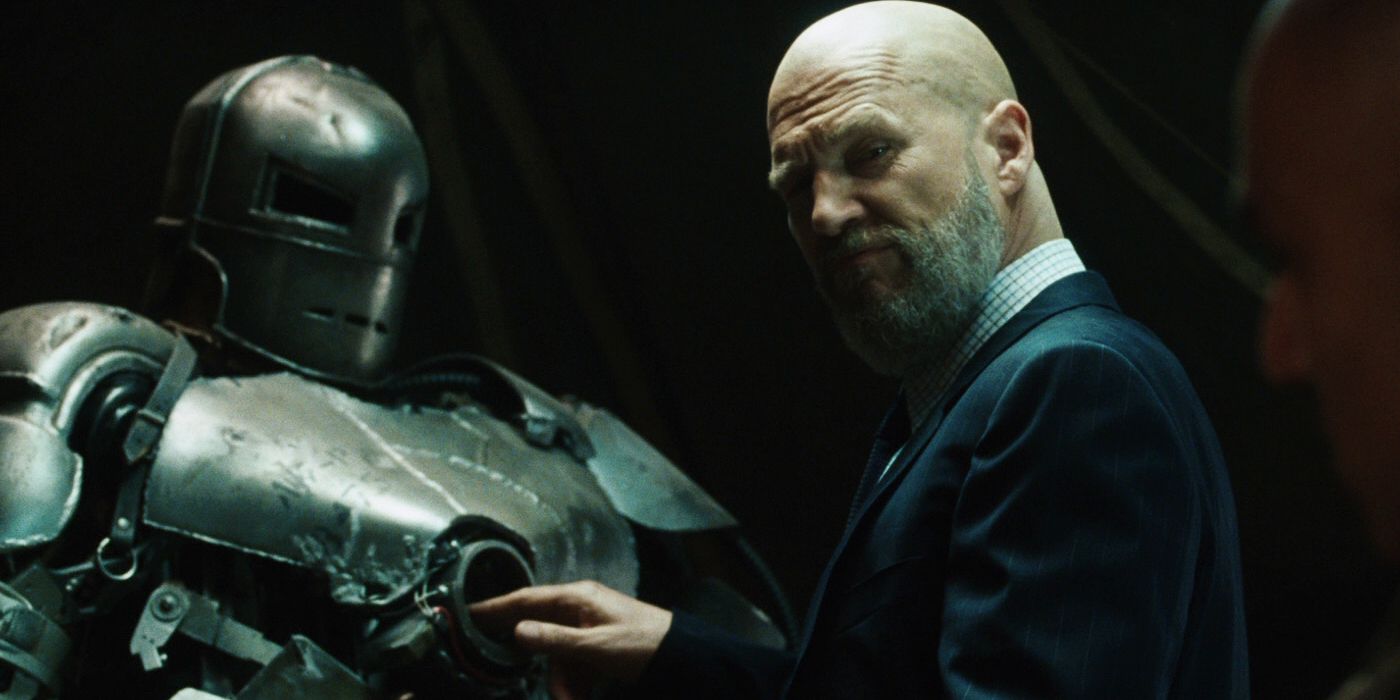It changed how mainstream audiences saw comic book movies, it revolutionized modern Hollywood blockbusters and it’s made over $10 billion since 2008. The Marvel Cinematic Universe is undoubtedly the driving thematic mechanic of our time, consistently churning out entertaining films like a magical money-making machine. Most credit its vapid success to brilliant direction, sound creative decisions, and particularly inspired casting. For the most part, this is true. Directors like Jon Favreau and Joss Whedon helped the MCU find its style, emphasizing narrative structure against character development prevented the product from feeling too stale too early, and giving Robert Downey Jr. a vehicle to channel his Hollywood redemption propelled him to heights even he could not have foreseen.
RELATED: Earth’s Dankiest Heroes: 17 Hilarious MCU Memes You Need To See
But for every action in Hollywood, there’s an equal and opposite reaction. For every good decision Marvel Studios made to create their multi-media conglomerate, they made a weird, questionable, or just straight up wrong choice that we all chose to overlook in order to fully enjoy everything the MCU did right. Nowhere is this selective ignorance more prevalent than in the MCU’s Phase One initiative -- all the movies between 2008’s Iron Man and 2012’s The Avengers -- during the early days of Marvel’s grand experiment.
15 LOKI'S NONSENSICAL PLANS
At this point, saying that Loki’s villainous scheme in The Avengers was ill-advised is like saying that rocks hurt when you get hit by them. His whole plan is to bring together the only people who can stop his Chitauri army in the hopes that their clashing personalities will get in the way of them stopping the apocalyptic invasion of Earth. Even Tony Stark openly remarks on what a bad plan this is.
But not enough attention is drawn to how bad his plan is in 2011’s Thor, where he needlessly sends the Destroyer to kill an exiled Thor even though he already has everything he’s ever wanted. Not to mention that his first and only real plan was to disrupt Thor’s coronation by bringing Frost Giants to Asgard. Everything after that was completely improvised, and it showed in how sloppily he handled everything.
14 INCONSISTENT TONES AND QUALITIES
Obviously two different movies can have wildly opposing tones and completely diametric qualities, but when they’re both part of the same franchise, you’d expect them to be comparable in these terms, or at least not dip from good to bad. While none of the Phase 1 movies can be called outright horrible movies, there’s no argument that could make 2010’s Iron Man 2 seem better than its predecessor.
After the initial smash success -- both in financial and cinematic terms -- of Iron Man, the MCU struggled to produce something of equal or better quality until The Avengers. Though this issue would largely go away in later phases, Phase One had a noticeable inconsistent tone as different characters from a range of movie genres were introduced so they could unite in the explosive finale.
13 ODIN IS AN IDIOT
Odin is supposed to be the All-Father, the completely omniscient king of gods whose experience makes him the wisest being in the universe. But for some reason he decides to actively pit his two sons against one another, is a step away from handing his kingdom over to the more arrogant and rash of his kids, doesn’t prepare properly for his famous sleep cycle, banishes Thor on an alien world he was unprepared to survive on for an action he himself did centuries ago, and was completely unconcerned that Frost Giants were able to sneak into his kingdom.
Basically, Odin is one of the worst supposedly-good leaders in cinema history. Nobody noticed because of the magnetic screen presence of Sir Anthony Hopkins and the distracting abs of Chris Hemsworth.
12 HAWKEYE IS COMPLETELY POINTLESS
It’s become a running joke that Hawkeye and Black Widow are the all-too-human weak links of the Avengers, and it’s a problem that subsequent movies have tried to address. In Phase One however, only Black Widow had a definitive purpose or at least a defined character. Between his cameo in Thor and his mind-controlled performance in The Avengers, Hawkeye’s involvement had absolutely no point and his laid-back, paternal personality wasn’t established until the very end of Avengers.
Even if he was supposed to inspire Black Widow’s involvement in taking down Loki, she would have done so anyway if for no other reason than because Nick Fury told her too. It’s good that he was expanded on in later movies, but as far as Phase One went, why was he included at all?
11 JAUNTY COSMIC CUBE REBRANDING
In the beginning of 2011’s Captain America, Hugo Weaving’s Johann Schmidt recovers a glowing, blue cube from a secret hiding place in Norway. Immediately, comic fans were excited to see the Cosmic Cube, a legendary comic MacGuffin that’s been the center point of many important storylines, in a fully-realized live-action movie. However, over the course of the film, fans slowly realized that the phenomenal, reality-bending abilities of the Cosmic Cube had been nerfed to the point where it was merely a highly-advanced power source for Hydra’s new weapons.
In The Avengers, it was explained that it wasn’t the Cosmic Cube at all, rather a new artifact called the Tesseract that could warp space and open wormholes. This would be expanded on in later films, but in Phase One, all fans knew was that one of the most recognizable items in comic lore had been a total bait-and-switch.
10 IRON MAN 2'S RECYCLED PLOT
Iron Man was a subtly nuanced film about a capitalist, womanizing weapons mogul living through the horrors of the products he’d been peddling and making his fortune off for years and redeeming himself by using the same technology to turn himself into a superhero who fights for the innocent. It was a surprisingly touching character arc that was simultaneously a masterclass in showing, not telling.
Iron Man 2 had a similar redemption arc, except instead of a unique tale of learning the consequences of one’s actions and trying to adjust to be a better person, it’s just Tony realizing he probably shouldn’t fly the Iron Man suit while drunk. Granted, it’s an adaptation of the laudable "Devil in a Bottle" storyline from the comics, but adaptations have a responsibility to be as good or better than the source material, not markedly worse.
9 DISTRACTING LACK OF FAMOUS MARVEL CHARACTERS
Back in the '90s, Marvel was facing impending bankruptcy, so to prevent filing Chapter 11, the company sold the film rights to some of their most recognizable characters. A decade later when they tried to make a superhero film on their own to massive success, the film rights they’d sold years ago were no longer theirs, meaning iconic characters like the X-Men, the Fantastic Four and Spider-Man couldn’t appear in a Marvel Studios movie.
Though they managed to work out an agreement with Universal over the rights to the Hulk, none of the other studios would play ball until much later in the MCU’s development, leaving gaping holes in the audience’s expectations for the first iterations of films. Even characters that Marvel had the rights to which comic fans would expect in the first Avengers films, like Ant-Man and the Wasp, wouldn’t show up until much later.
8 CAP'S SHIELD > THOR'S HAMMER?
It’s a single moment in The Avengers and its even used to subtly establish the parameters of Thor and Captain America’s power structures, but it’s still a questionable decision, even if it might be comic accurate. Sometimes, adaptations are supposed to leave out parts of the source material for a reason. In the scene where Thor brings down Mjolnir on Captain’s vibranium shield, it’s literally the unstoppable force meeting the immovable object. And the immovable object just…wins.
No questions, no responses, the resulting substantial power burst, which would even be used for a quick sight gag in the sequel, even ends the fight with its sheer declaration of the shield’s authority. The scene is even shot in slow motion to emphasize what a clash this should be, only to end abruptly and decisively. It’s brief amd it makes for a distracting moment that breaks up an otherwise awesome action sequence.
7 OMNISCIENT HOWARD STARK
Iron Man 2 is probably the most problematic of all the Phase One movies, with a repetitive plot, scaled down cinematography and even some phoned-in performances from a few of the major actors. But the most questionable part of the movie was the supposed "legacy" that Howard Stark left Tony. To fix his arc reactor, Tony creates a new element based on an atomic map that his father left superimposed in the geography of the Stark Expo event he curated decades before, when the technology to create or even theorize such an element didn’t exist.
How could Howard know such an element could exist/be created? Why did he leave his discoveries in an architectural riddle instead of in a note? How did he know that Tony would have the technology and intelligence to figure out his cryptic puzzle? These questions and more will never be answered in the MCU.
6 MARVEL WAS MAKING IT UP AS IT WENT ALONG
Back in 2008, Marvel wasn’t facing bankruptcy anymore, but it wasn’t the lucrative, massive company it is today. The Iron Man movie wasn’t designed to be anything special -- just a clever action film to capitalize on the early summer movie crowds. From all early accounts, Marvel wasn’t planning on making a cinematic universe, let alone an over-arching unification film like The Avengers.
The first of the now-essential post-credit scenes, featuring Sam Jackson in a Nick Fury cameo, was considered an inside joke for the fans. It was only after the rocketing success of Iron Man that Marvel added a scene to the Incredible Hulk movie, which was in final production stages at the time. There’s nothing wrong with not seeing unexpected results, but Marvel’s lack of planning is obvious in its trepidation to build a combined universe until half-way through Phase One.
5 HULK'S UNCLEAR CONTINUITY
The Incredible Hulk’s film rights were in the hands of Universal Studios around the time that the MCU got started and had released a poorly received Hulk movie in 2003, directed by Ang Lee that was still fresh in some viewer’s minds. After the release of Iron Man, another Hulk movie came out the same year and even featured a brief cameo from Robert Downey Jr. to establish its place in the MCU.
But the opening credits of the 2008 movie place it as a spiritual sequel to the 2003 movie, even beginning where the Lee movie left off, with Bruce Banner struggling to control his rage and protect his secrets in South America. This created considerable confusion when deciding the Hulk’s origins and placement in continuity. Replacing both actors who played Hulk and retconning RDJ’s cameo didn’t help to clarify the situation.
4 AUTEURS DIDN'T TAKE IT SERIOUSLY
Modern Hollywood rests on the back of auteurs, directors with unique styles and techniques that give each movie they make an artistic feel. At first, Marvel hired noted auteurs like Jon Favreau, Kenneth Branagh and Joe Johnston to take the helm on some of their most sensitive products. Jon Favreau directed both Iron Man and Iron Man 2 out of contractual obligation before leaving the director’s chair to work on other products for Disney.
Branagh brought a unique visual aesthetic to Thor, but decided not to return for any following films because of scheduling issues. Joe Johnston directed Captain America: The First Avenger to critical acclaim but was apparently let out of his two-film contract and didn’t return. It’s a pattern that continued later in the MCU’s history and shows a clear lack of mutual respect between the producers and directors.
3 ARC REACTOR'S WASTED POTENTIAL
One of the first major fictional technologies that the MCU introduced was the arc reactor, a magnetic reactor that kept bits of shrapnel from creeping into Tony’s heart. A miniature version is shown to be able to power a high-tech Iron Man suit for an indefinite amount of time, long enough to fly from Malibu to the Middle East and back with two action scenes in the middle at least.
A massive one is said to have powered all of Stark Industries since the '60s. Hypothetically, that means a single arc reactor could power an entire city for at least a month. In The Avengers, Tony even uses a self-replicating version to power Stark Tower on pure clean energy. Inarguably, the arc technology is a massive boon that could slingshot civilization forward by decades. And it’s used at the sole behest of a half-drunk billionaire who doesn’t share his toys.
2 TWO MAIN ACTORS JUMPED SHIP
One of the driving forces behind the early MCU was its actors. Stars like Chris Evans, Samuel L. Jackson, and particularly Robert Downey Jr. threw themselves so completely into their roles and were so entertaining in their commitment that people had practically no choice but to love them. So to maintain your enjoyment of the franchise, you probably told yourself that Don Cheadle was always Tony’s friend Rhodey and that Mark Ruffalo had been Bruce Banner in 2008’s The Incredible Hulk.
In truth, Terrence Howard played the future War Machine in the first Iron Man but didn’t return for the sequel. Reportedly, his absence was due to contract and payment disputes. Edward Norton played Bruce Banner in the first canonical Hulk installment of the MCU but left future projects in order to pursue more diverse roles in Moonrise Kingdom, The Grand Budapest Hotel and Birdman.
1 IT ESTABLISHED THAT VILLAINS WERE DISPOSABLE
One of the most prevalent and prevailing criticism of the MCU is that it has produced only one or two memorable villains, and in a genre where the hero is only as good as the villains he fights, that’s a big problem. It’s true that Loki was one of the best parts of The Avengers, but every villain before and since has been pretty forgettable. Does anyone remember Obadiah Stane? Justin Hammer? The Abomination? Even the iconic Red Skull was fairly one-dimensional.
It’s a reoccurring issue with the MCU and one of the few critiques that has universally accepted merit. And it all started in Phase One, where Marvel felt comfortable killing off their first major villain and set a standard for all subsequent films. It’s one of the major oversights that Marvel Studios has still failed to correct.
Did we miss any other problems with the MCU's Phase One? Let us know in the comments!

